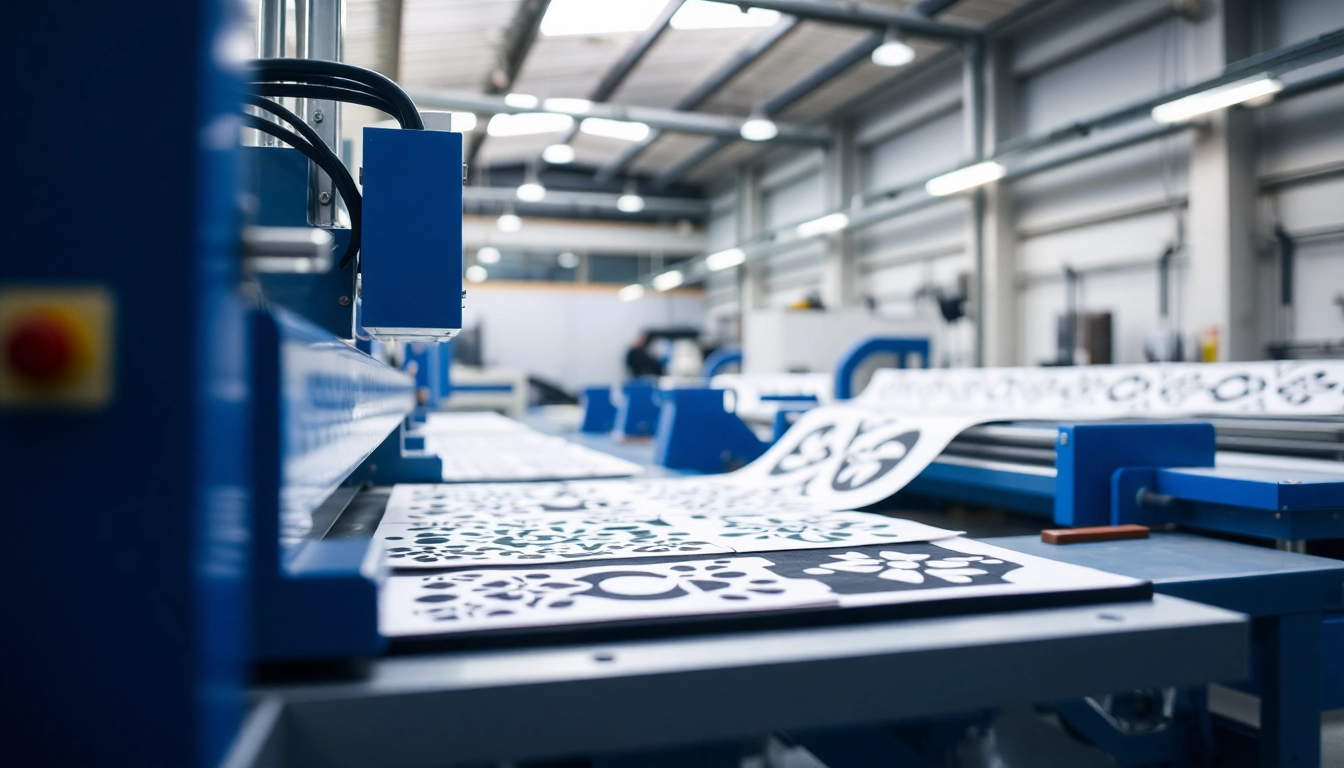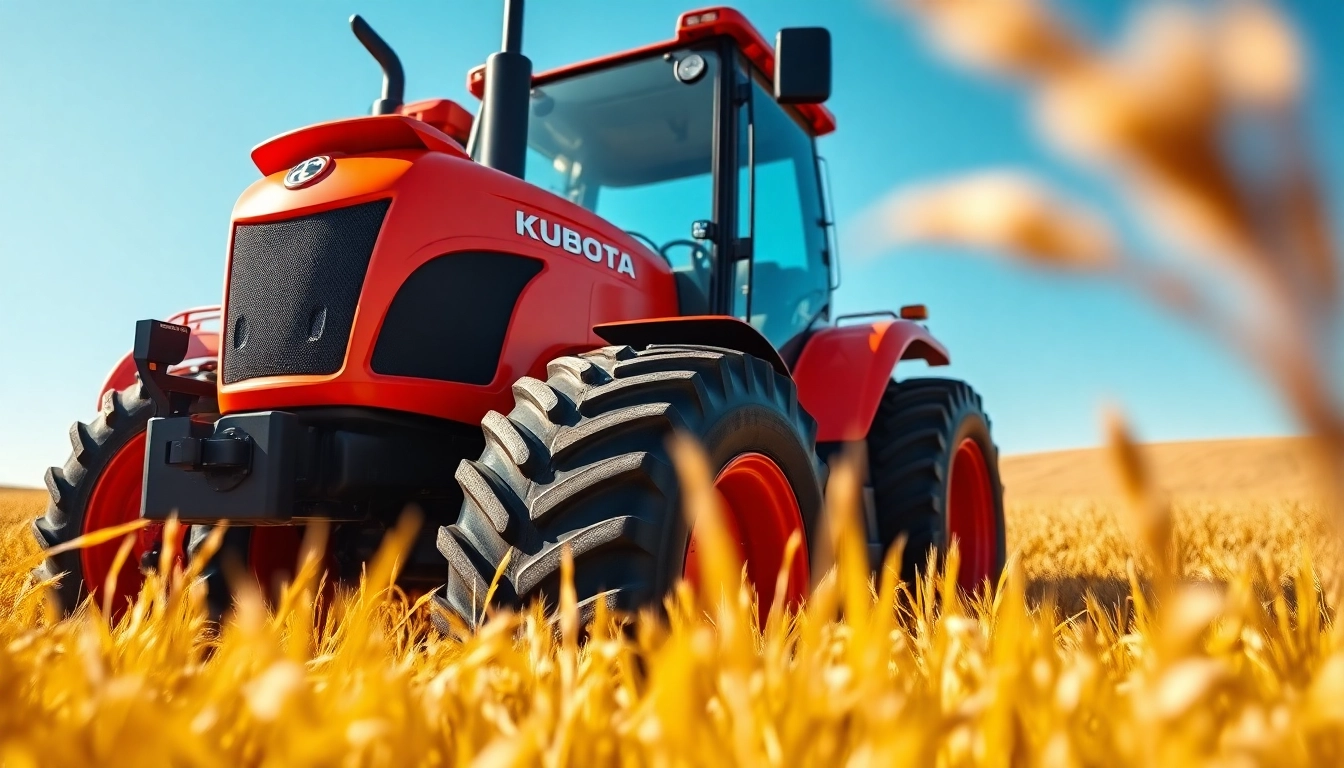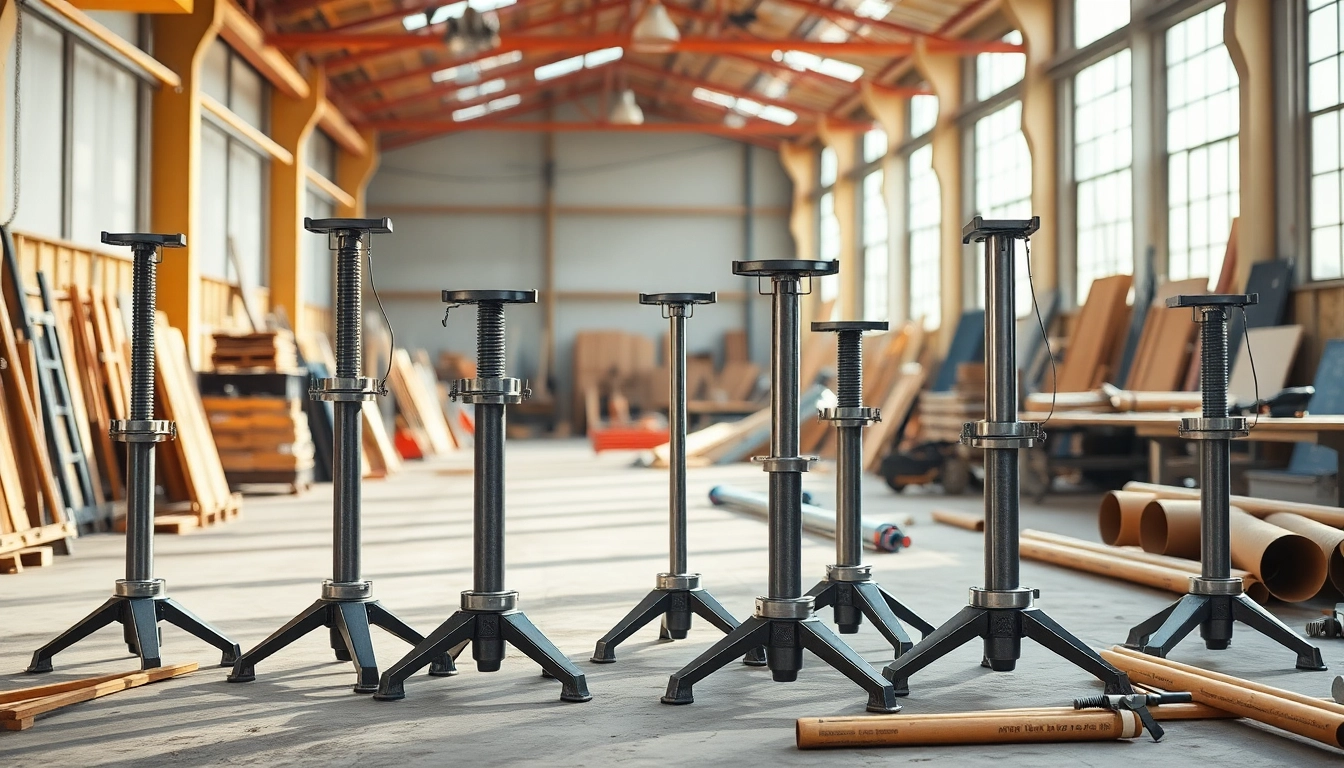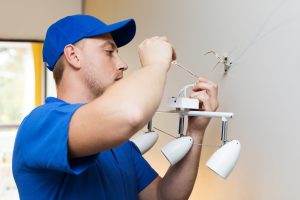Enhancing Manufacturing Efficiency with Precision Die Cutting: Techniques and Benefits
Understanding Precision Die Cutting
What is Precision Die Cutting?
Precision die cutting is a manufacturing process that involves cutting materials using a specialized tool known as a die. This technique enables manufacturers to produce parts with consistent dimensions and intricate designs efficiently. By using various materials, including paper, plastic, rubber, foam, and metal, precision die cutting serves as a cornerstone for numerous industries, including packaging, automotive, medical, and electronics. The precision aspect is critical, allowing tolerances often measured in millimeters, ensuring parts fit together perfectly within their intended assembly.
Modern precision die cutting involves not only traditional methods but also advanced technologies like laser and rotary die cutting. These innovations enhance the capabilities of traditional die cutting by increasing accuracy, reducing waste, and speeding up production times. For those interested in exploring precision die cutting, understanding the underlying techniques and applications is essential.
Types of Precision Die Cutting Techniques
There are several techniques used in precision die cutting, each suited to different applications and materials. Below are the most common types:
- Rotary Die Cutting: This technique involves a cylindrical die that rotates on a shaft to cut materials as they pass through. Rotary die cutting is ideal for high-volume production due to its speed and efficiency. It is commonly used for products like labels, stickers, and packaging materials.
- Flatbed Die Cutting: This method uses a flat die that is pressed onto the material through a flatbed press. It’s suitable for heavy materials and intricate designs but may require longer setup times. Flatbed die cutting is often seen in the production of boxes and cartons.
- Laser Die Cutting: Utilizing high-powered lasers, this method allows for very precise cuts without the need for physical dies, making it ideal for prototypes and small production runs. Laser cutting’s versatility permits the cutting of a plethora of materials, including metal, wood, and textiles.
- Waterjet Die Cutting: This technique employs high-pressure water mixed with abrasives to cut through materials. It is particularly effective for thicker materials that are challenging to cut with traditional methods and is commonly used in industries like aerospace and automotive.
Applications of Precision Die Cutting in Various Industries
Precision die cutting has diverse applications across various sectors:
- Packaging: Custom packaging solutions are vital for branding and protection. Precision die cutting allows for the creation of intricate shapes and designs that align with branding requirements while providing optimal packing protection.
- Automotive: In the automotive industry, die-cut parts such as gaskets, seals, and insulation materials play a crucial role in improving vehicle performance and safety. The precision ensures a perfect fit, which is crucial for these applications.
- Medical: The production of medical devices and components often requires high-precision dimensions and shapes. Precision die cutting produces items like surgical drapes, bandages, and custom parts used in medical apparatus.
- Electronics: The electronics industry uses die-cut components for items such as insulation pads and circuit boards. Here, even minor discrepancies can lead to product failure; hence precision is paramount.
- Aerospace: High-quality parts that meet rigorous specifications are important in aerospace. Precision die cutting techniques help manufacture lightweight yet robust components while adhering to strict safety and reliability standards.
Benefits of Precision Die Cutting
Cost Efficiency and Material Savings
One of the most significant advantages of precision die cutting is its cost efficiency. By optimizing cutting patterns, the process minimizes waste and maximizes the material’s utilization, ensuring that companies can make the most out of the raw materials they invest in. High precision in manufacturing also translates into fewer defects and reworks, further reducing overall costs. In high-volume operations, these savings can contribute significantly to profit margins.
Quality Control and Consistency
Precision die cutting offers an unparalleled level of uniformity in the production of parts. This consistency ensures that each cut adheres to the same standards, which is particularly important in industries where parts must interchange multiple units. The potential for variation is significantly reduced, meaning that products consistently meet specifications and customer expectations, which is vital for maintaining a strong reputation in the market.
Speed and Scalability in Production
The speed at which precision die cutting machines can operate enables manufacturers to scale their production efficiently. Automated die cutting processes increase throughput, allowing companies to handle large orders without compromising on quality. This scalability means that businesses can respond quickly to changes in demand, whether it’s ramping up production for a popular product or pivoting to new designs.
Choosing the Right Die Cutting Technique
Flatbed vs. Rotary Die Cutting
When it comes to choosing a die cutting technique, flatbed and rotary die cutting are the two primary methods considered. Flatbed die cutting is more suited for thick materials and complex designs, where operational speeds are more moderate. Conversely, rotary die cutting excels in high-volume production of simple shapes, thanks to its speed and efficiency. Companies must evaluate their production rates, material types, and design complexities to determine which method aligns best with their needs.
Factors Influencing the Choice of Die Cutting Method
Several factors influence the choice of die cutting methodology:
- Material Type: The kind of material being cut can significantly influence the choice. Some materials are better suited to rotary die cutting, while others may require flatbed or laser techniques.
- Volume of Production: For high-volume production runs, rotary die cutting is often the preferred method, while for smaller quantities or prototyping, laser die cutting may be ideal.
- Design Complexity: More intricate designs may necessitate flatbed or laser die cutting, as they allow for detailed shapes that rotary cutters may struggle with.
- Budget Considerations: Cost analysis of initial setup, material waste, and efficiency can help determine the most cost-effective method.
Common Mistakes to Avoid When Choosing Die Cutting Options
While deciding on a die cutting method, manufacturers often make mistakes that can lead to inefficiencies:
- Overlooking Material Properties: Failing to consider the physical properties of materials can lead to suboptimal results, such as improper cuts or material damage.
- Neglecting Design Testing: Not prototyping designs can result in costly errors later in the production process. Always validate designs before full-scale production.
- Ignoring Supplier Capabilities: Vendors often specialize in specific die cutting techniques. Choosing a supplier without understanding their strengths can lead to poor outcomes.
Best Practices for Precision Die Cutting
Optimizing Design for Die Cutting
Design optimization is crucial for successful precision die cutting. When creating designs, consider the following practices:
- Use Straight Lines: Straight lines and simple shapes often yield better cutting outcomes.
- Avoid Small Details: Minimize intricate details that are difficult to cut cleanly or may compromise the structural integrity of the final product.
- Consider Tolerances: Design with tolerance specifications in mind to ensure that parts fit together seamlessly.
Material Selection for Enhanced Outcomes
The selection of materials plays a pivotal role in the quality of die-cut products. Understanding the composition and characteristics of materials ensures optimal cutting performance. For instance, when working with composite materials, it’s crucial to analyze how layers might affect the die cutting process. Additionally, choosing materials that are compatible with the die cutting method being employed can greatly enhance the outcomes.
Maintaining Equipment for Maximum Performance
Regular maintenance of die cutting equipment is essential for achieving maximum performance. Implementing a planned maintenance schedule helps to:
- Reduce Downtime: Regularly servicing machines limits unexpected breakdowns and keeps production on schedule.
- Extend Equipment Lifespan: Proactive care can increase the longevity of die cutting machines.
- Improve Output Quality: Well-maintained equipment prevents wear and tear associated with poor cutting quality.
Future Trends in Precision Die Cutting
Innovations in Die Cutting Technology
As technology evolves, so too does precision die cutting. Innovations, including smart manufacturing integrations, are enhancing the automation of die cutting processes. The adoption of Industry 4.0 practices, including real-time monitoring and data analytics, allows companies to optimize production processes and reduce waste.
Sustainability and Eco-friendly Practices
With an increasing emphasis on sustainability, die cutting manufacturers are pivoting towards eco-friendly materials and processes. Innovations such as biodegradable materials and the recycling of scrap material are becoming standard practices, helping to minimize environmental impacts while maintaining production efficiency.
The Role of Automation in Precision Die Cutting
Automation is set to play a pivotal role in the future of precision die cutting. Automated systems can handle various processes, from design and prototyping to cutting and finishing, streamlining operations. As manufacturers invest in automation, they can expect increased efficiency, reduced labor costs, and enhanced production scalability.














Post Comment